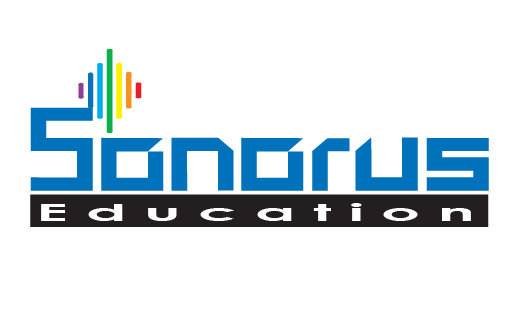
megaphone announce speaker graphic design vector illustration
Here’s a more detailed breakdown of what a phonics course typically entails:
Core Concepts & Skills:
- Letter Sounds: Teaching the sounds that letters represent and the multiple sounds certain letters can make (e.g., “e” in “pen” vs. “see”).
- Blending: Combining individual sounds to form words (e.g., /c/ + /a/ + /t/ = cat).
- Digraphs: Two letters that together make one sound (e.g., “sh” in “ship”, “th” in “thin”).
- Alternative Vowel Spellings: Exploring how different letter combinations can represent the same or similar vowel sounds (e.g., “ea” in “eat” and “ea” in “bread”).
- Consonant Blends: Understanding and teaching blends of consonants where two or more consonants are combined, and each consonant’s sound is heard in the blend (e.g., “bl” in “blue”, “str” in “string”).
- Beginning Sounds: Emphasizing the importance of identifying the initial sounds in words.
- Identifying Sounds in Words: Teaching how to separate words into individual sounds for reading and spelling.
Practical Skills & Techniques:
-
Spelling Formation Techniques:Methods for teaching children how to spell words, including using rules and patterns.
-
Tricky Words:Introducing and practicing words that don’t follow common phonics patterns (e.g., “said”, “there”).
-
Doubt-solving and Question-Answer Sessions:Providing opportunities for clarifying understanding and answering questions.
-
Mock-drills:Simulating real-life classroom scenarios to provide teachers with practice in teaching phonics concepts.
-
Jolly Phonics:Some courses might incorporate the Jolly Phonics method, a multi-sensory, sound-based approach to teaching literacy.
Benefits of Phonics Instruction:
-
Improved Reading Skills:Phonics helps children learn to decode words, which is a crucial step in becoming a fluent reader.
-
Enhanced Spelling:By understanding the relationship between sounds and letters, children can spell words more accurately.
-
Vocabulary Expansion:Phonics instruction helps children learn new words and understand their meanings.
-
Stronger Language Skills:Phonics develops a foundation for effective communication.
Price: $2,000.00$1,500.00
- STUDENTS 1
- LANGUAGE English
- DURATION 10 WEEKS
- LESSONS 0
There are no items in the curriculum yet.


hallo , it;s a worderfull course